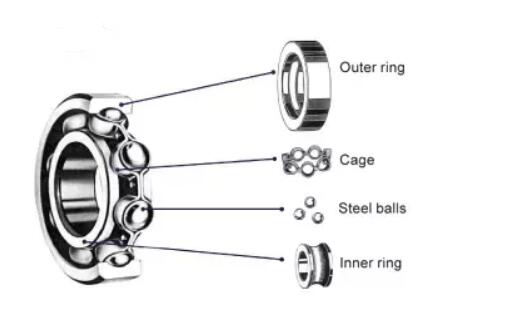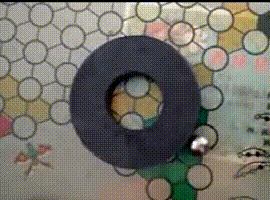How do ball bearings work? Heller tell you
INQUIRY
 The bearing technology and its' development is the result of a single age old problem, that is, friction.
The bearing technology and its' development is the result of a single age old problem, that is, friction.
The Problem:
In various equipment, there are various components moving relative to each other. Often, this relative motion involves contact between two different components. Obviously, this creates friction.
The force required to impart desired motion and heat created due to the contact increases exponentially with the area of contact. The problem becomes quite critical if the parts are moving at high speed.
Hence, the solution would be reducing the area of contact between moving components. It would be great if we could reduce contact area to few points. Bearings enter the scene here.
Ball bearings are some of the most commonly used bearings in rotary movement applications. They comprise a row or multiple rows of balls between inner and outer raceways. This design capitalizes on the concept that rolling elements produce less friction than sliding elements. One ring is normally attached to the rotating assembly, or shaft, and as it rotates the balls roll around the inner raceway, while the other ring remains stationary. This allows for rotational movement with an extremely low friction coefficient, making it great for applications with high speeds and low friction requirements.
Ball bearings can handle both radial and thrust loads and, therefore, have a niche area in bearing applications. All bearings receive a nomenclature based on rolling elements and apply equally to ball bearings.

This bearing can support less weight. Ball bearings also have a unique structure that can withstand loads and have a unique structure. Roller blades, hard drives and more.
Other names: “deep groove ball bearings” (due to structural aspects)
The basic parts of the ball bearings are as follows.
Inner race: -The Inner race is mounted on a rotating shaft, which tends to rotate the axis.
Outer race:- The outer race is fixed and mounted on the housing. It also helps to transfer the bearing load to the housing.
Rolling element “ball”:- The rolling element “ball” transfers the load through the axis.
Cage: The cage plays an important role in the bearing. It acts as a barrier between the balls and prevents them from colliding with each other.
Bearings typically need to handle two types of loads: thrust loads and radial loads. Thrust loads, also called axial loads, are forces acting parallel to the bearing axis, while radial loads act perpendicular to the bearing axis. Ball bearings can withstand both thrust and radial loads.
INQUIRY sales@hellerbearings.com
- Details: How do ball bearings work? Heller tell you
- Like Model No.:
Hot Model No.: